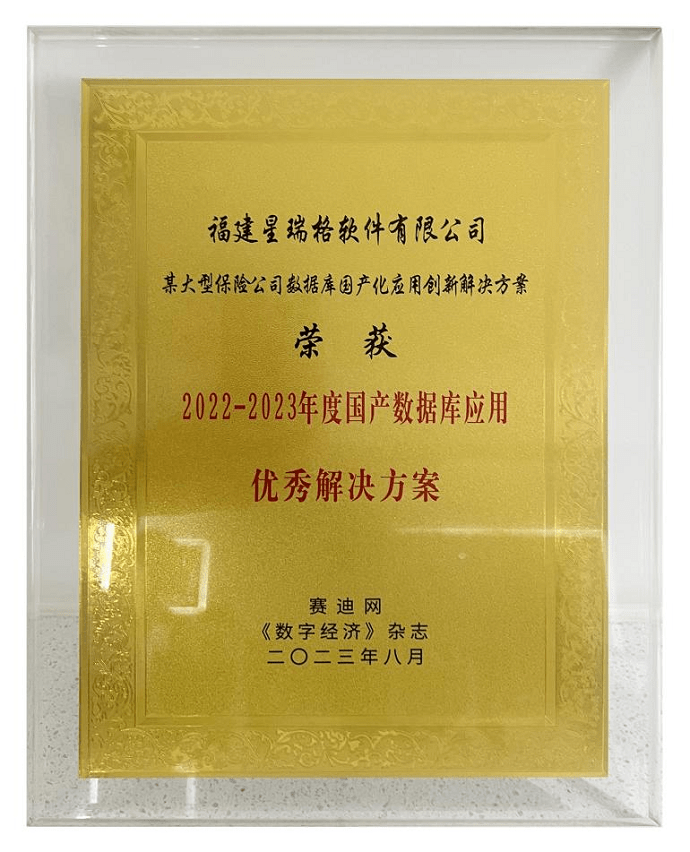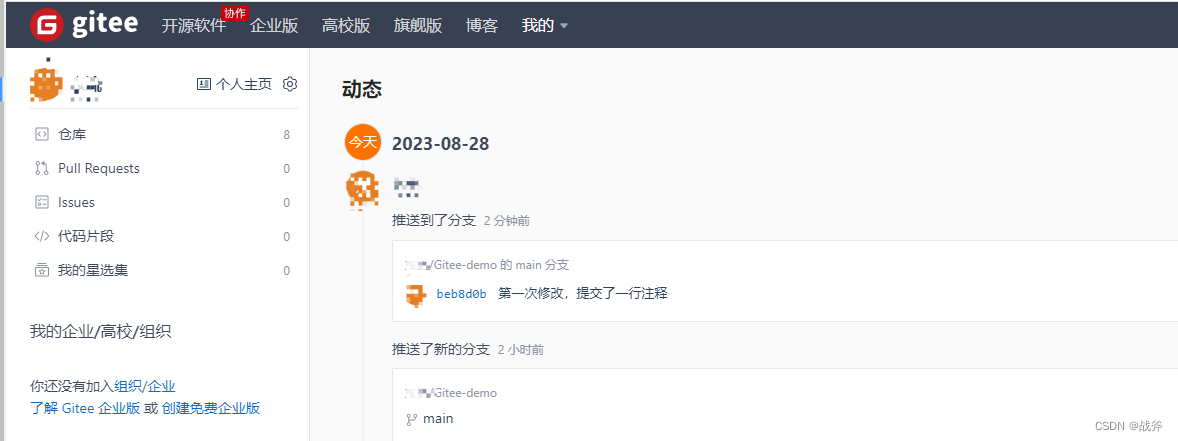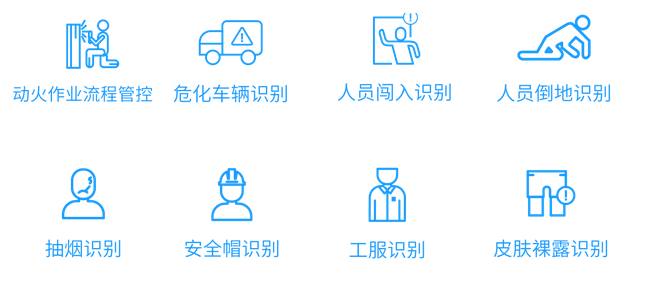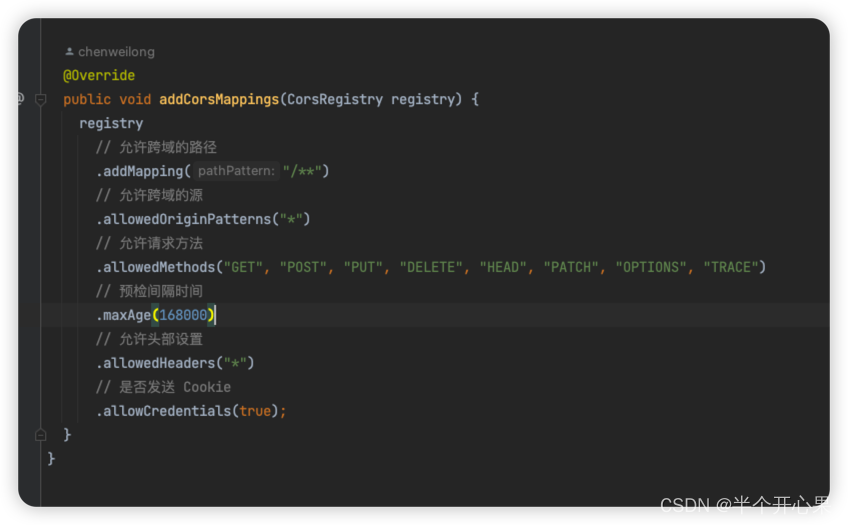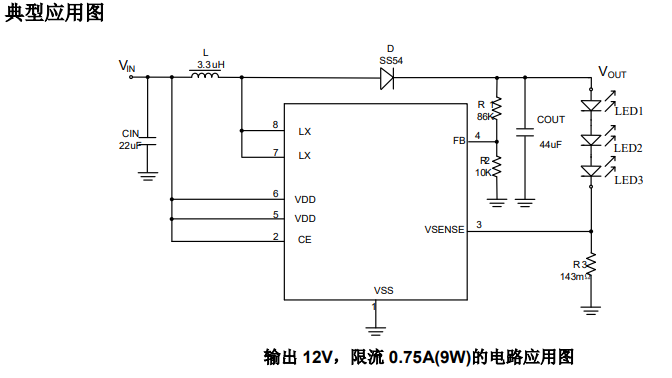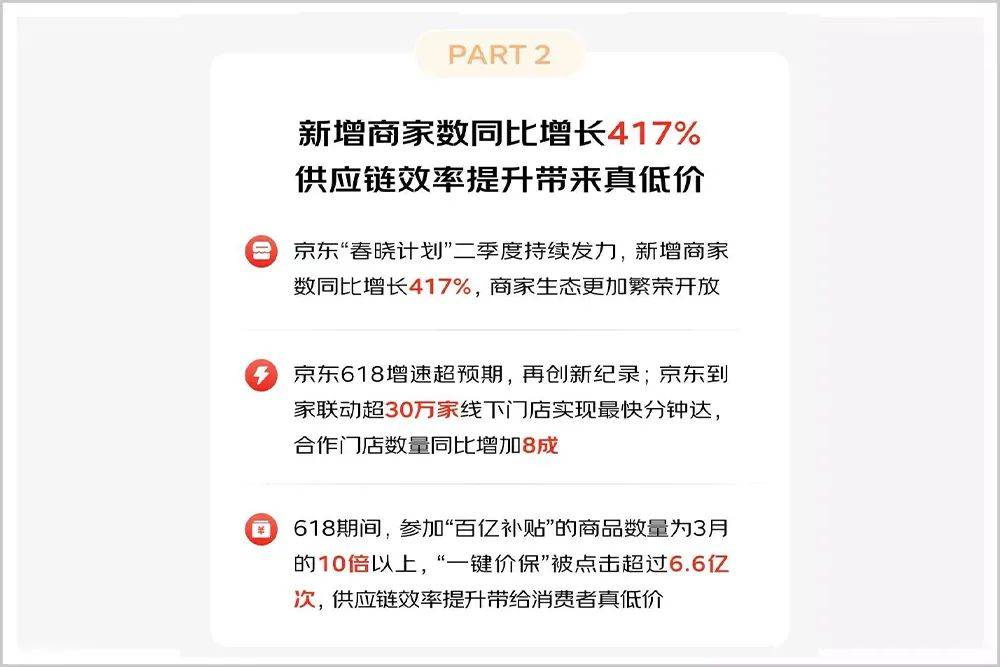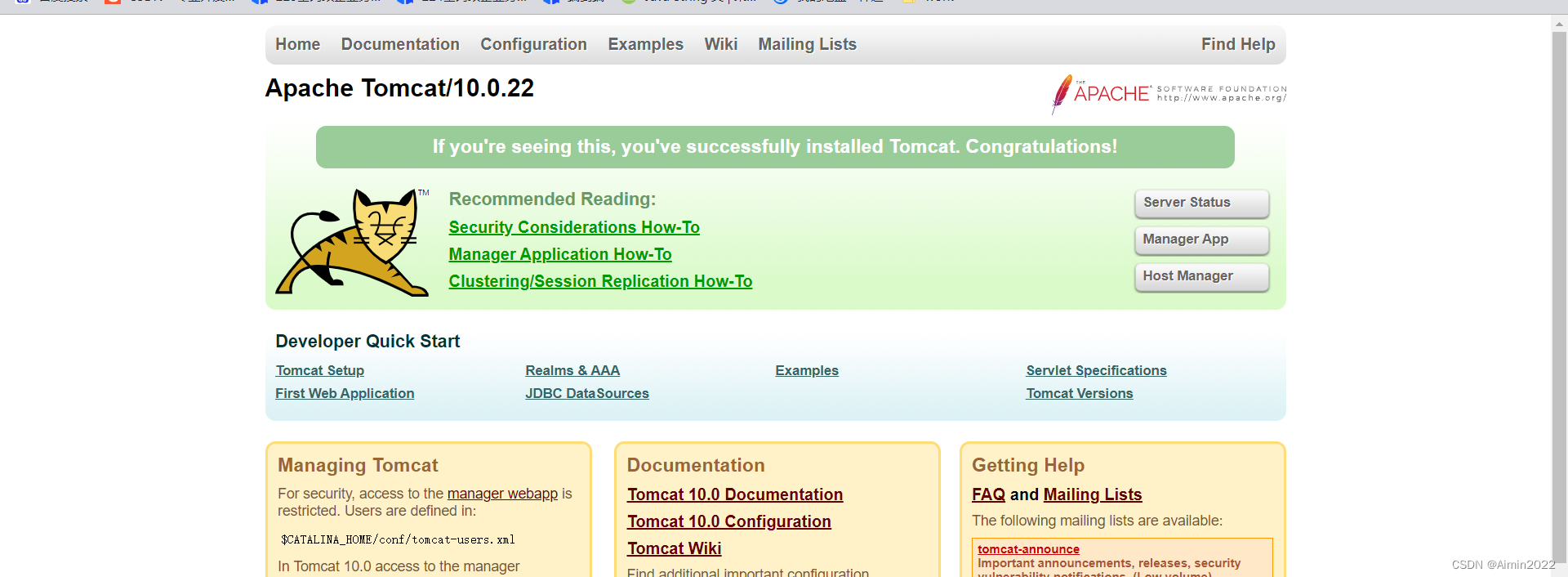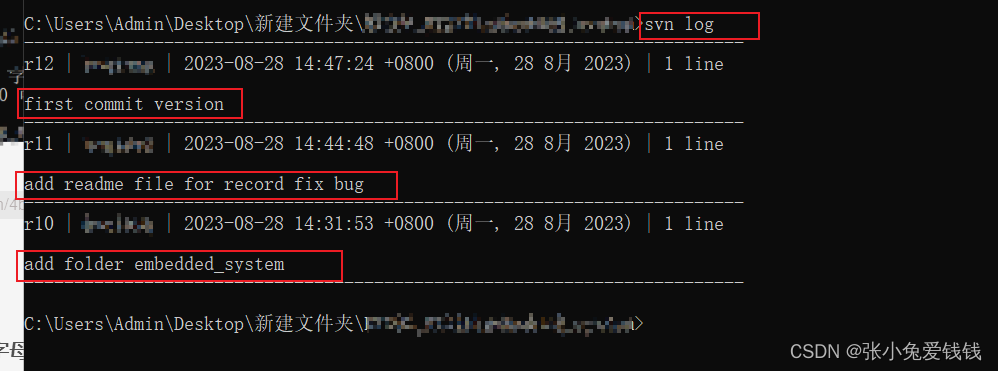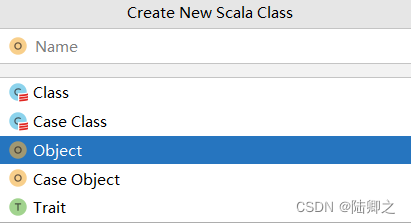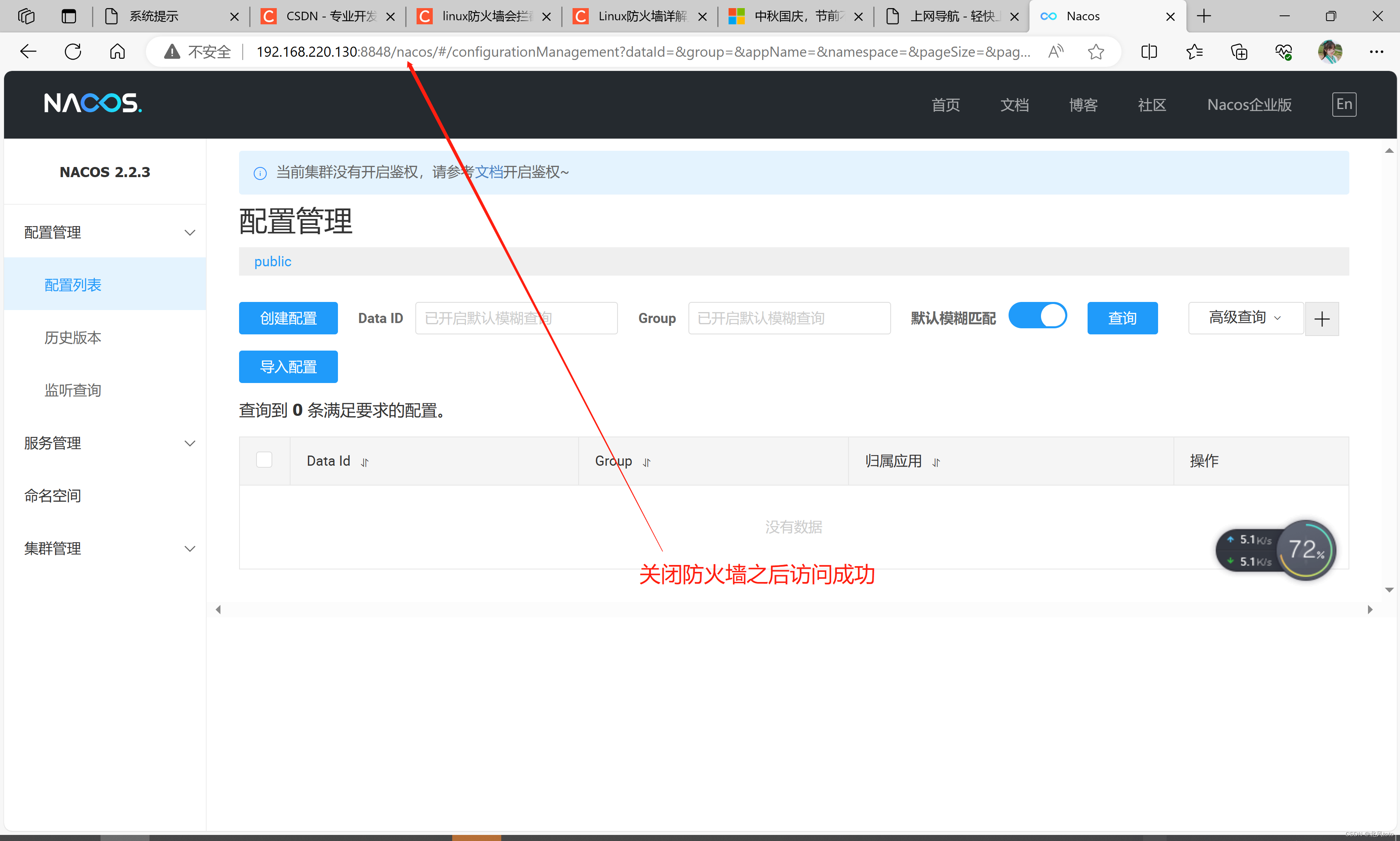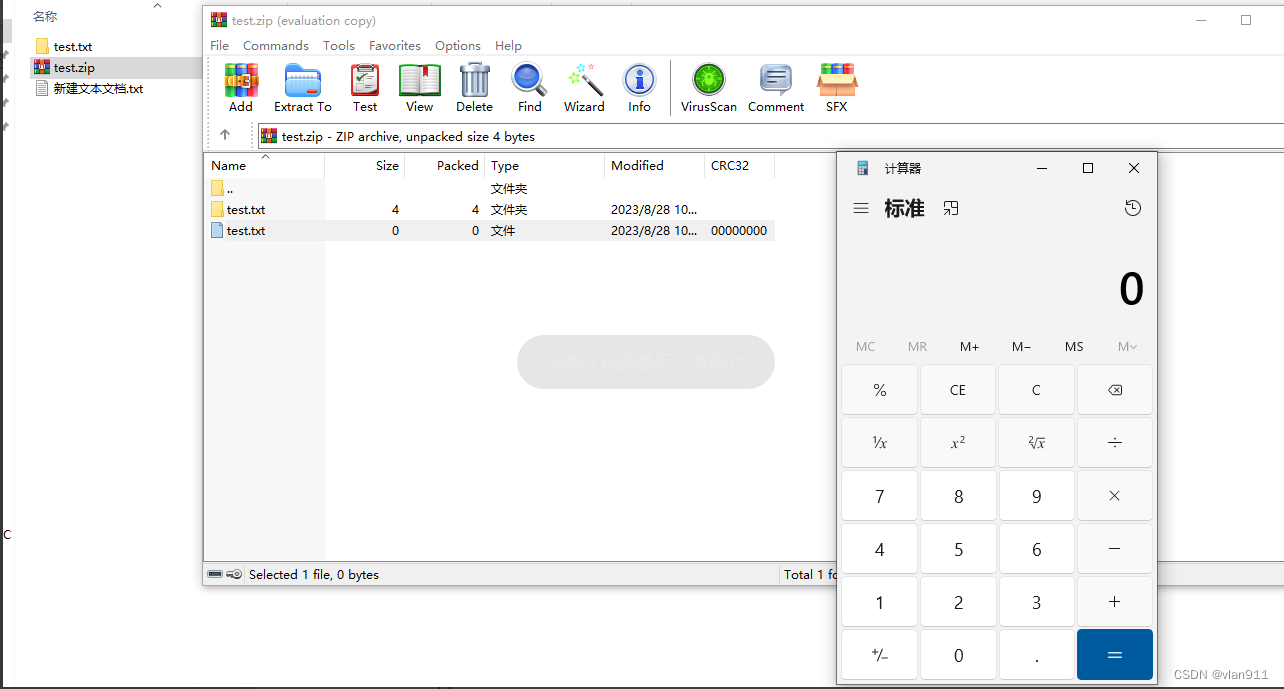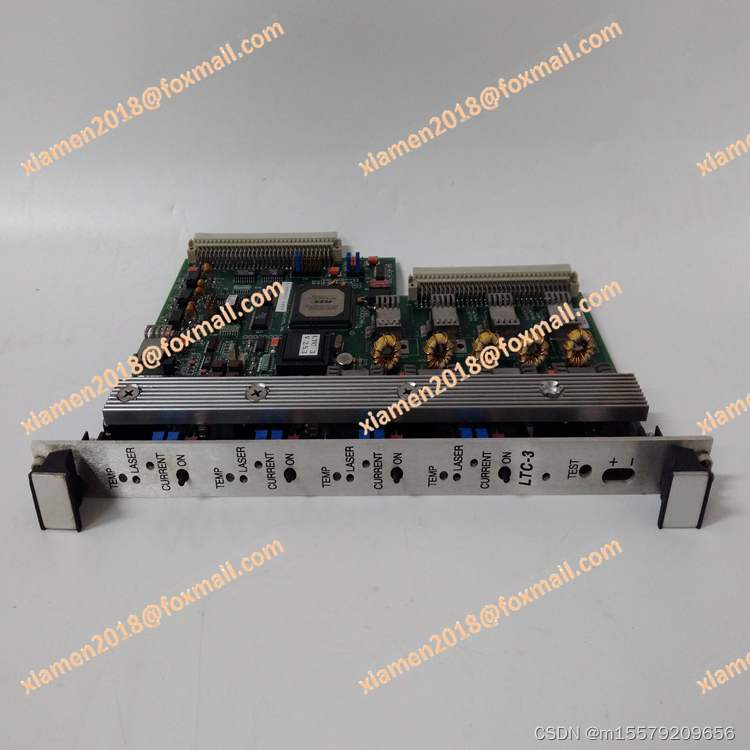

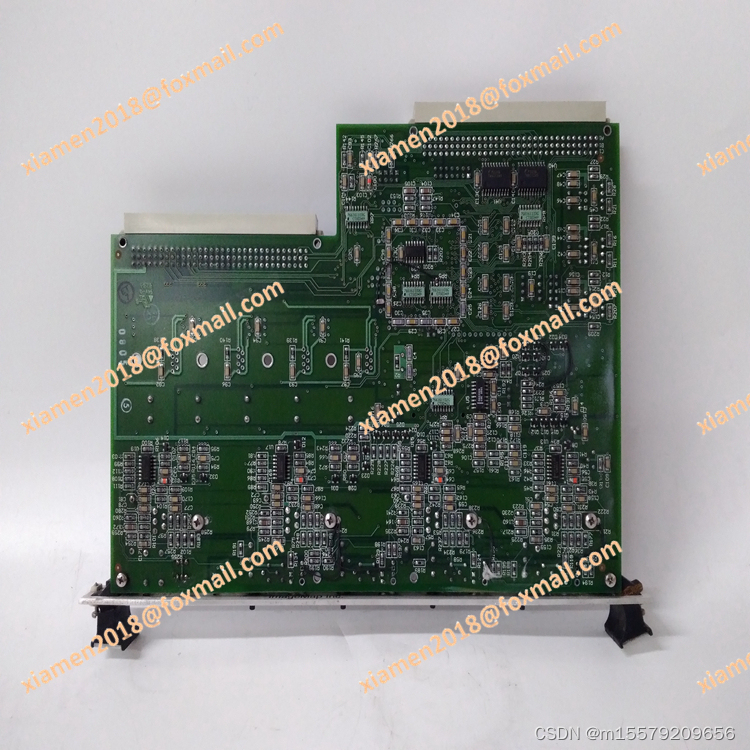
-
可编程性: PLC模块可以通过编程进行定制,以执行特定的控制逻辑和功能。这种可编程性使其非常灵活,可以适应各种应用。
-
输入/输出(I/O): PLC模块通常具有数字输入和输出,以接收和发送信号。某些PLC还具有模拟输入和输出,可以处理模拟信号。
-
通信能力: 现代PLC模块通常具有各种通信接口,如以太网、串行通信等,以便与其他设备、系统或计算机进行数据交换和监控。
-
实时性: PLC模块通常能够提供实时控制,以满足需要快速响应的应用需求。
-
可靠性: PLC模块设计为高可靠性,以确保系统在长时间运行中稳定工作。它们通常具有内置的故障检测和恢复功能。
-
多任务处理: 某些PLC模块支持多任务处理,允许同时执行多个控制任务,提高系统的效率。
-
安全性: 安全PLC模块具有额外的安全功能,用于监测和管理危险情况,以确保人员和设备的安全。
-
内存容量: PLC模块具有不同的内存容量,用于存储程序和数据。大内存容量可以容纳更复杂的控制逻辑。
Programmability: PLC modules can be customized through programming to execute specific control logic and functions. This programmability makes it very flexible and adaptable to various applications.
Input/Output (I/O): PLC modules typically have digital inputs and outputs to receive and send signals. Some PLCs also have analog inputs and outputs that can process analog signals.
Communication capability: Modern PLC modules typically have various communication interfaces, such as Ethernet, serial communication, etc., for data exchange and monitoring with other devices, systems, or computers.
Real time performance: PLC modules are usually able to provide real-time control to meet application requirements that require rapid response.
Reliability: The PLC module is designed with high reliability to ensure stable operation of the system over long periods of time. They usually have built-in fault detection and recovery functions.
Multi task processing: Some PLC modules support multi task processing, allowing multiple control tasks to be executed simultaneously, improving system efficiency.
Safety: The safety PLC module has additional safety features for monitoring and managing hazardous situations to ensure the safety of personnel and equipment.
Memory capacity: PLC modules have different memory capacities for storing programs and data. Large memory capacity can accommodate more complex control logic.
